Mastering 4-Digit and 5-Digit Addition and Subtraction: A Fun Guide for Parents and Teachers
Welcome, math enthusiasts, parents, and teachers! Whether you’re navigating the challenges of homeschooling or guiding your students through the intricacies of large numbers, this post aims to make teaching 4-digit and 5-digit addition and subtraction as fun and engaging as possible. Grab your pencils and let’s dive into the wonderful world of numbers!
The Magic of Numbers: Understanding the Basics
Before we embark on our math adventure, let’s brush up on some key concepts. Addition and subtraction might seem like simple operations, but they form the foundation for more complex math skills. Understanding the parts of each operation is crucial.
The Anatomy of Addition
- Addends: The numbers you add together.
- Plus Sign (+): Indicates that you’re adding.
- Equal Sign (=): Shows that the total will follow.
- Sum: The result of the addition.
For example, in the equation 1234 + 5678 = 6912:
- 1234 and 5678 are the addends, and 6912 is the sum.
The Components of Subtraction
- Minuend: The number from which you subtract.
- Subtrahend: The number you subtract.
- Minus Sign (-): Indicates subtraction.
- Equal Sign (=): Shows that the result will follow.
- Difference: The result of the subtraction.
For instance, in 9876 − 5432 = 4444:
- 9876 is the minuend, 5432 is the subtrahend, and 4444 is the difference.
Engaging Activities to Enhance Learning
Incorporating interactive and practical activities can make a significant difference in mastering these concepts.
1. Real-Life Scenarios for Parents
- Grocery Shopping: Ask your child to help add up the prices of items. For example, if groceries cost $1234 and $5678, challenge them to find the total amount spent:
- 1234 + 5678 = 6912.

- Road Trips: Use distance signs to practice addition and subtraction. If one sign says 120 miles to the destination and another says 80 miles traveled, ask how much further you need to go:
- 120 − 80 = 40.

- Birthday Party Planning: Involve your child in budgeting for a party. If the budget is $2000 and you've already spent $1250, ask how much is left:
- 2000 − 1250 = 750.

- Saving Money: Encourage tracking savings. If they save $1500 and later add another $2500, ask them to calculate their total savings:
- 1500 + 2500 = 4000.

2. Classroom Scenarios for Teachers
- Classroom Supplies: Use supply inventories to practice addition and subtraction. For instance, if the class had 5000 sheets of paper and used 1200, how many sheets are left?
- 5000 − 1200 = 3800.

- Field Trips: Calculate total costs for field trips. If one trip costs $1340 and another costs $2650, ask students to find the total:
- 1340 + 2650 = 3990.

- Attendance Records: Use records to practice subtraction. If there are 1200 students and 45 were absent, how many were present?
- 1200 − 45 = 1155.
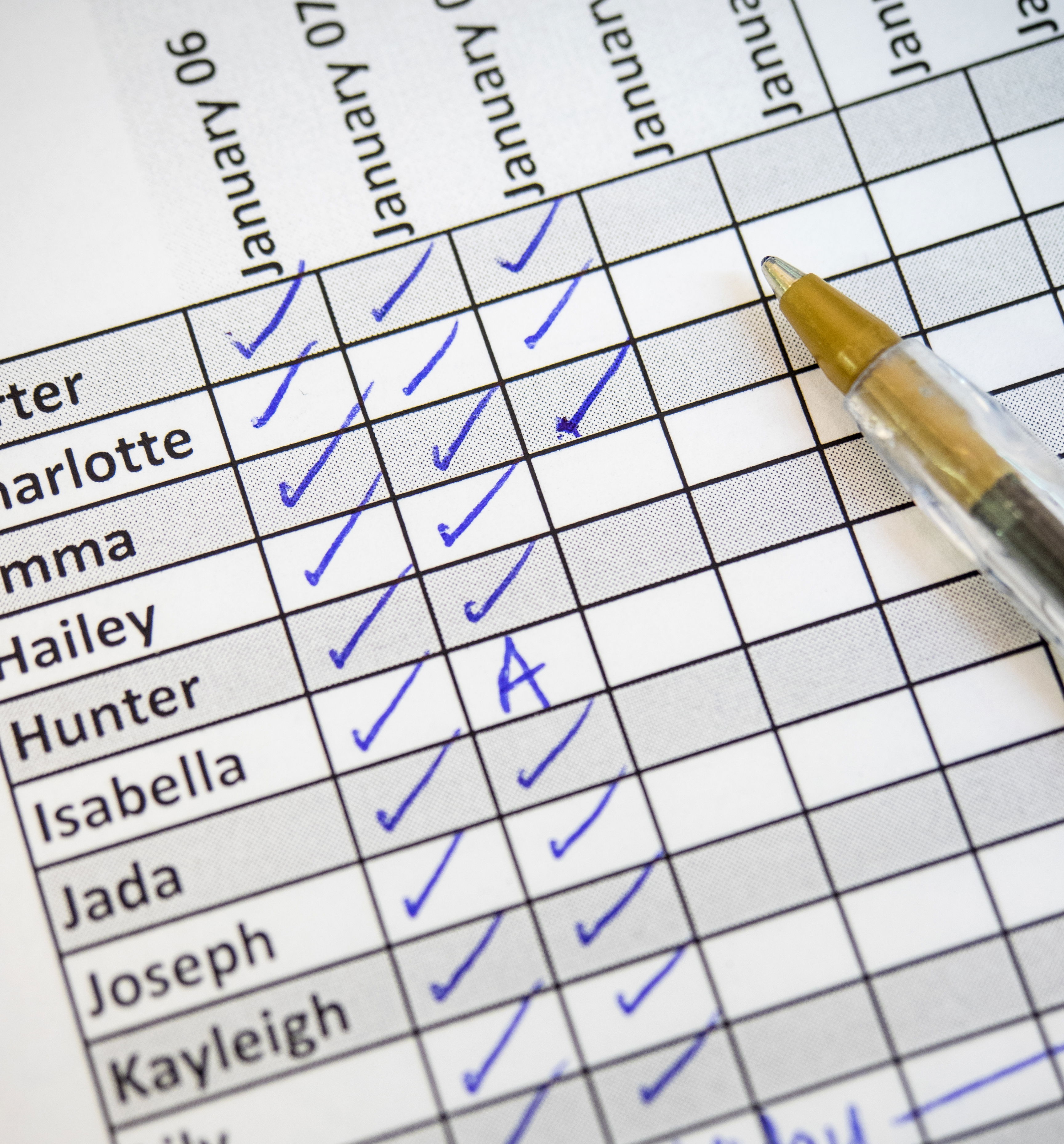
- Book Counts: Track the number of books in the library. If there are 1520 books and 200 are donated, how many remain?
- 1520 − 200 = 1320.

Worksheets to the Rescue!
1. Addition and subtraction charts.
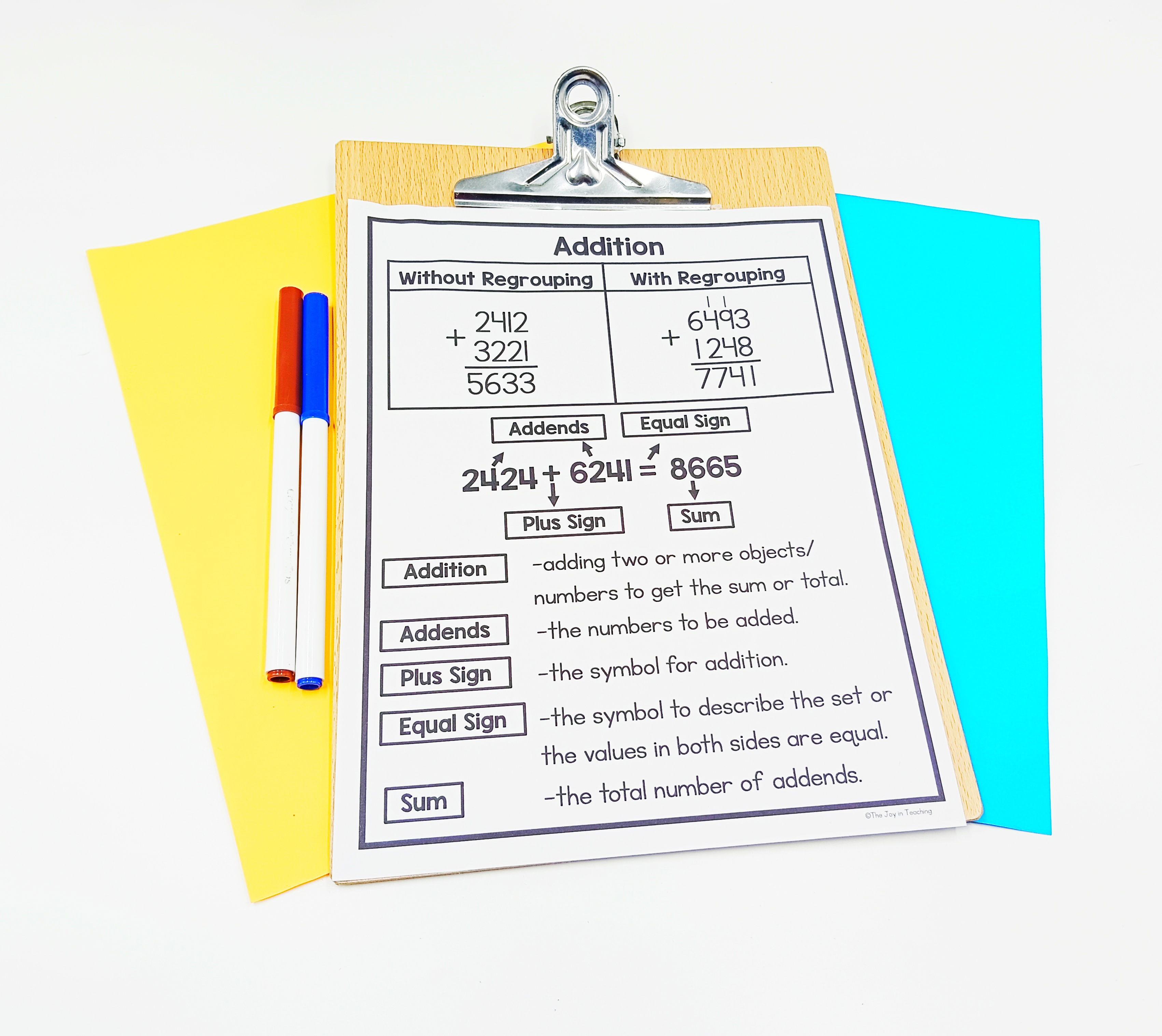
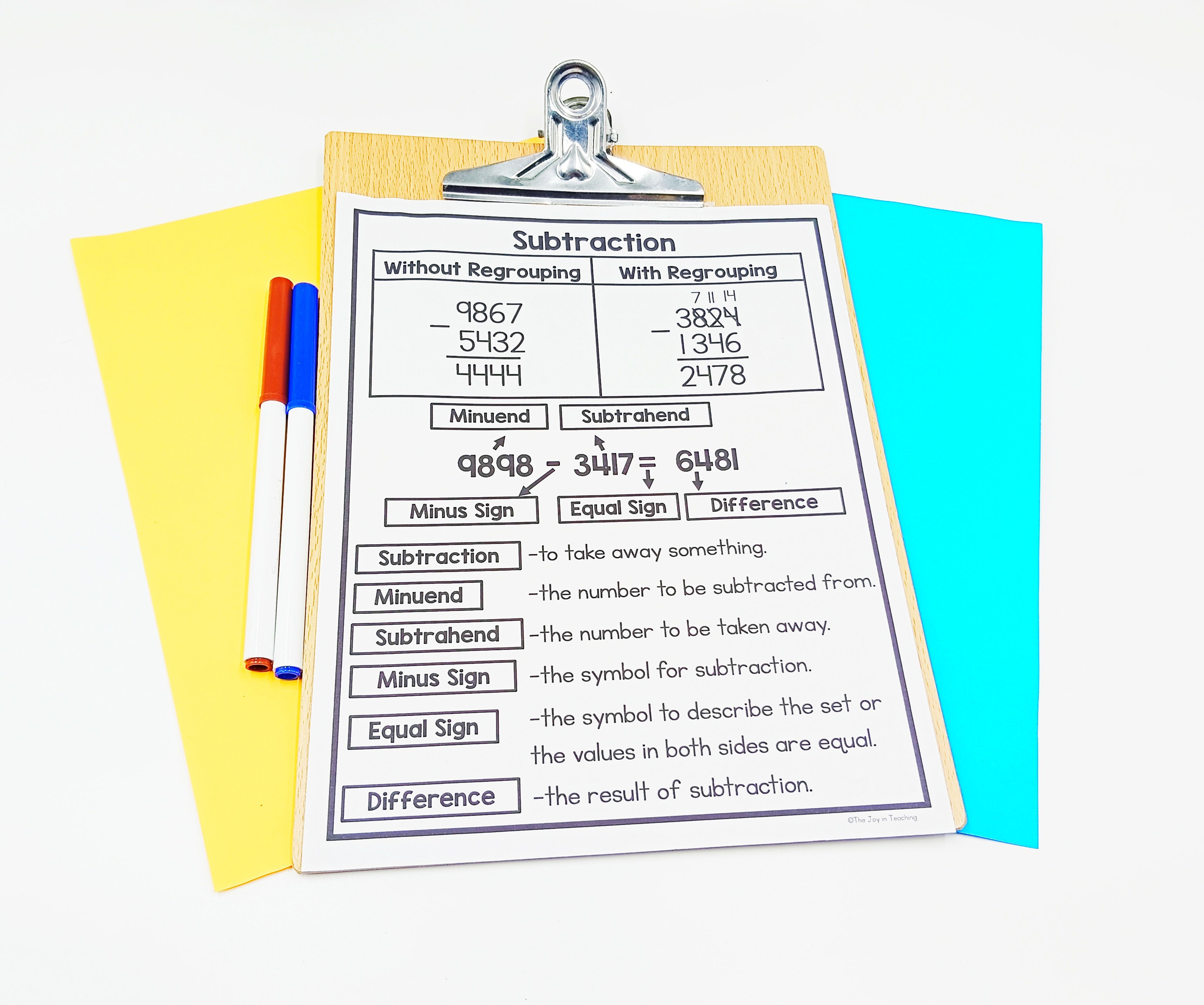
2. Practice worksheets.
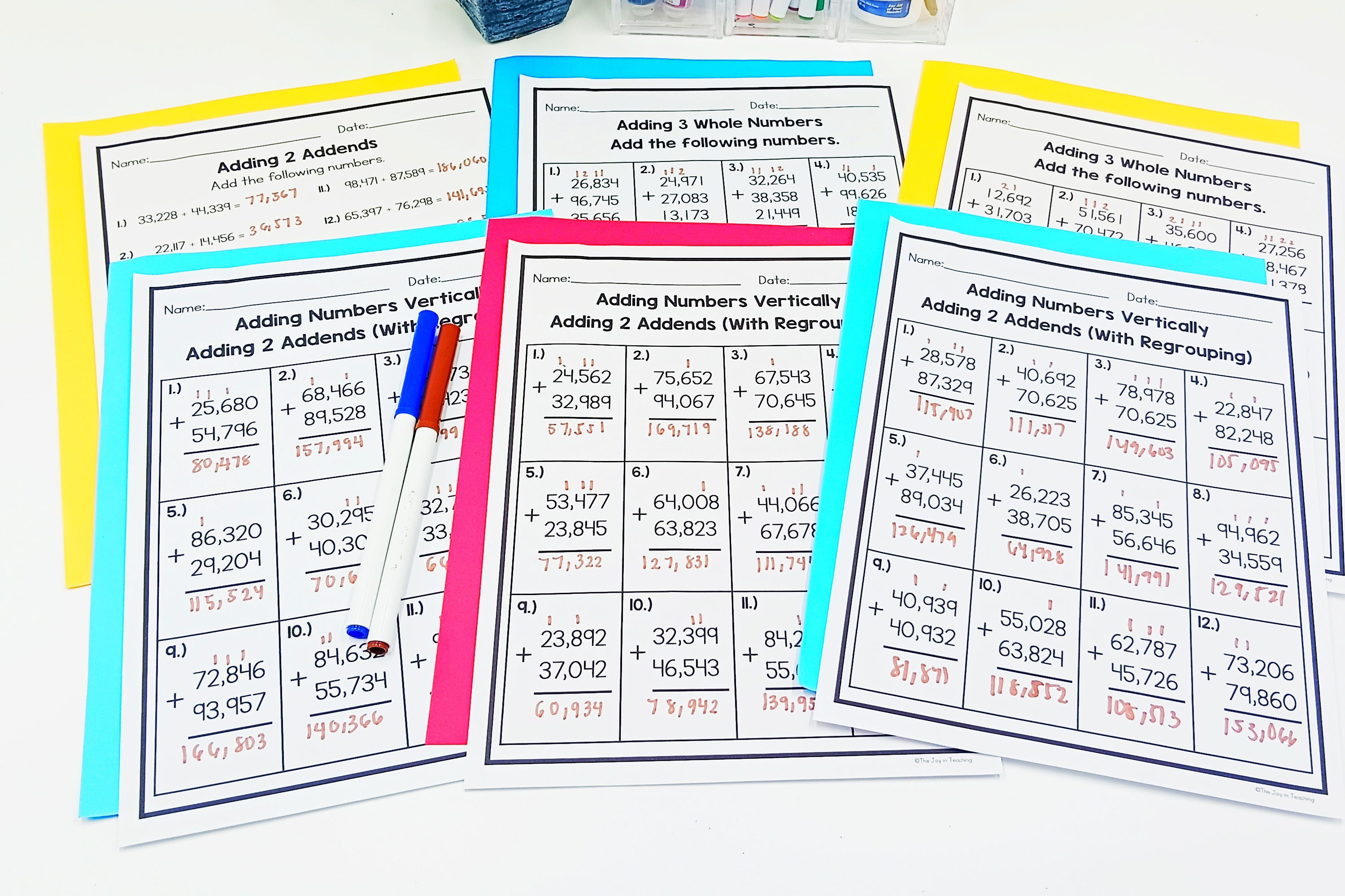
3. True or false equation activities.
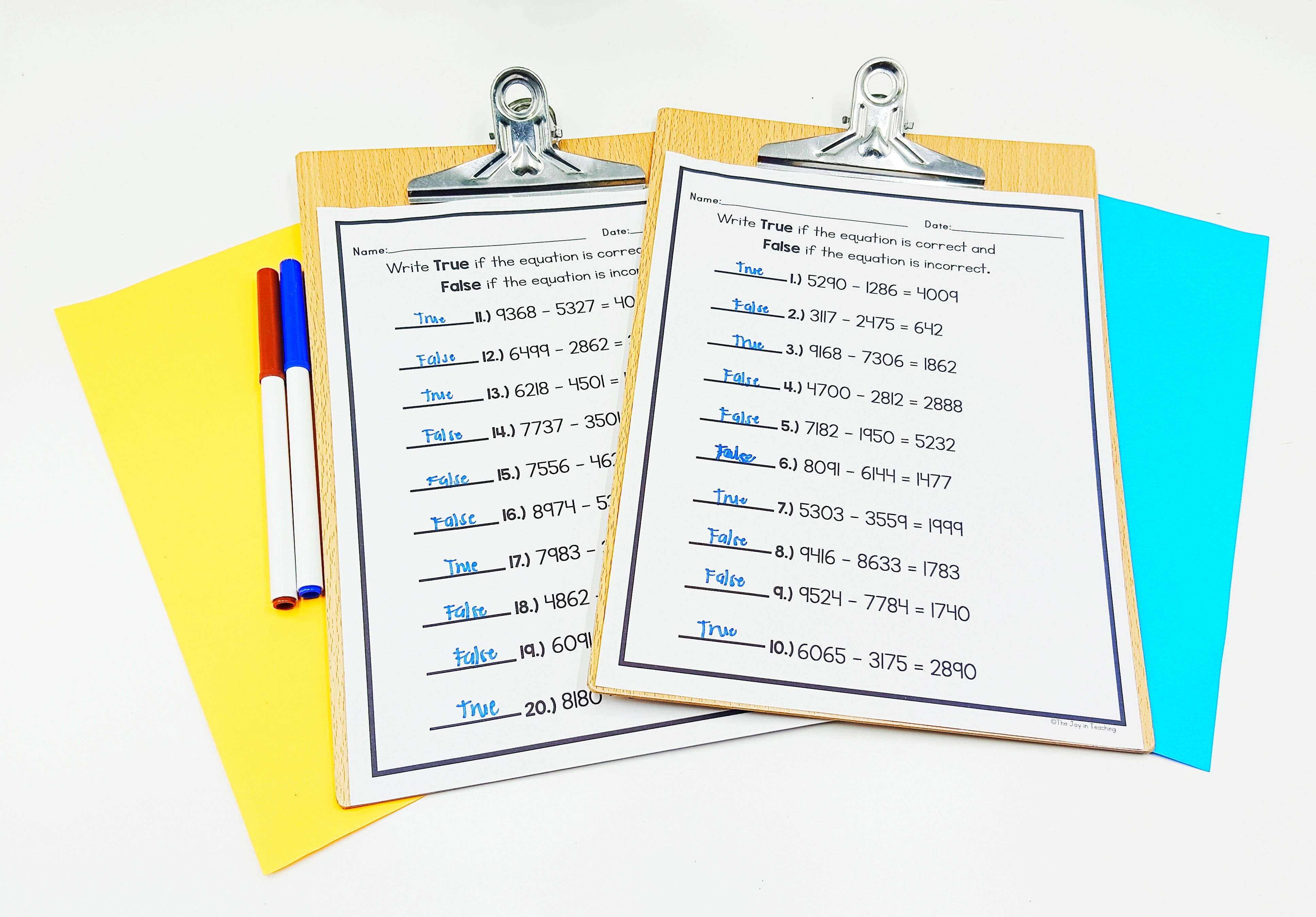
4. Missing Numbers Worksheets
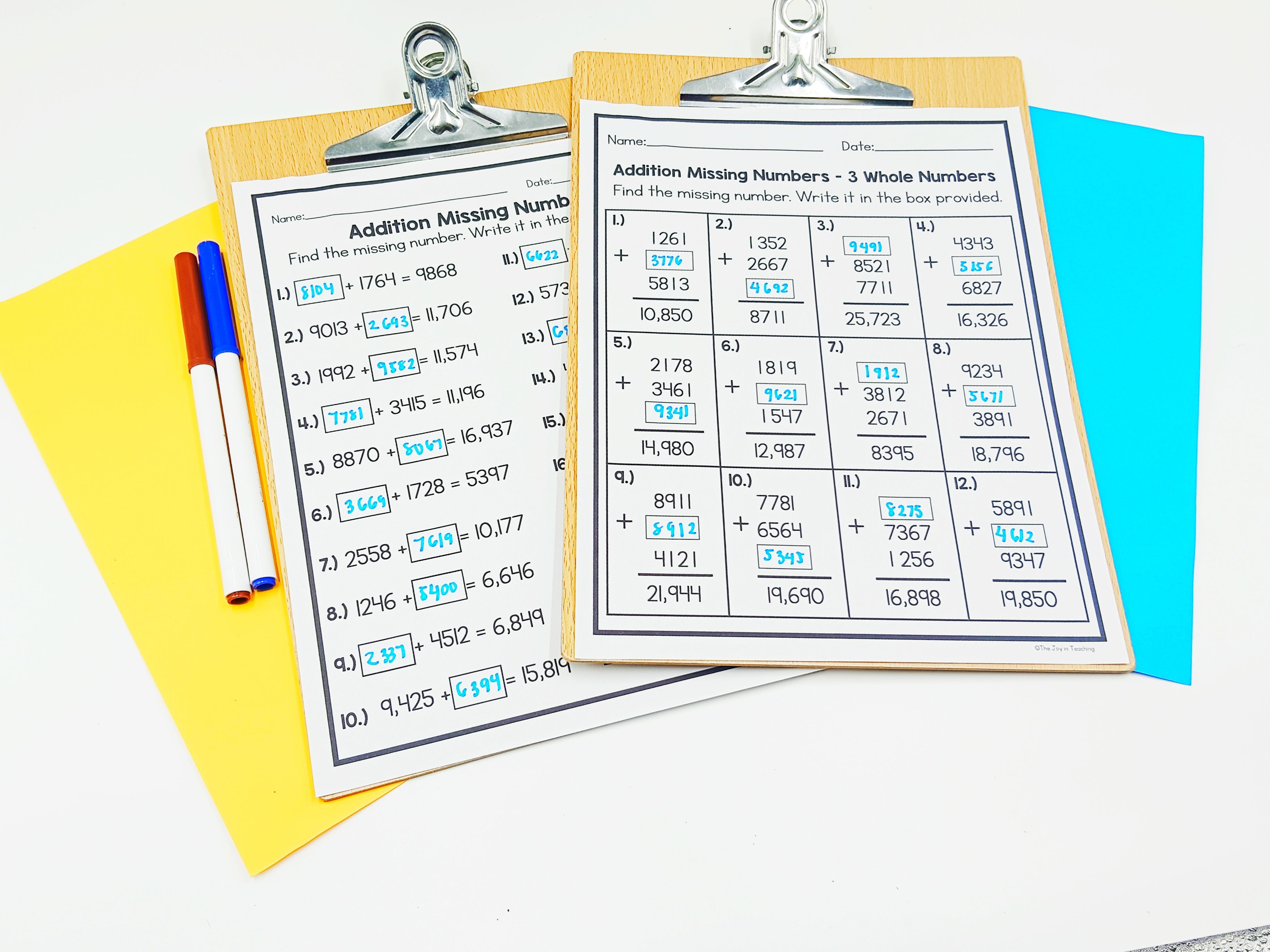
5. Word Problems
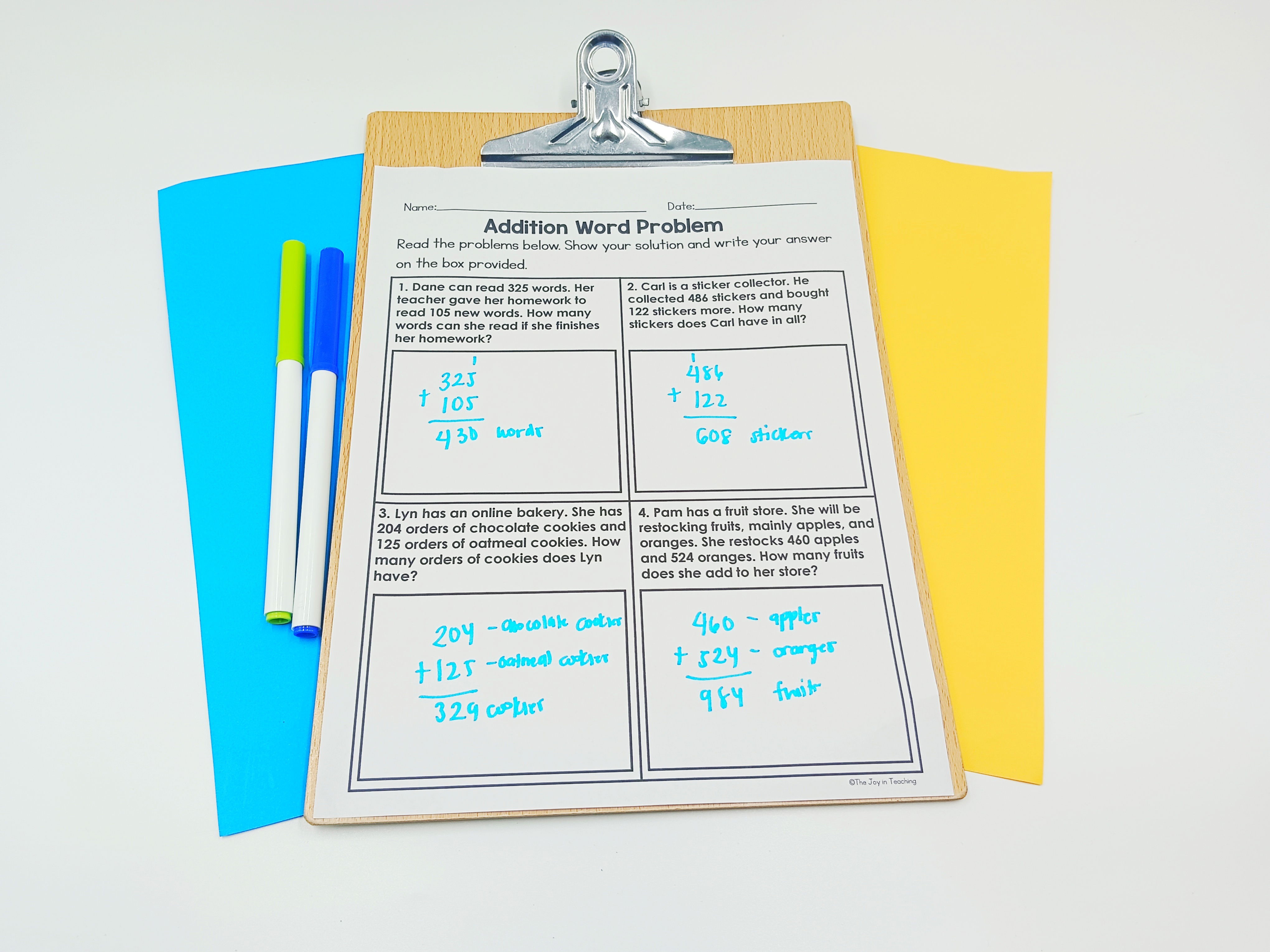
- Answer keys for easy grading.
Teaching Tips and Tricks
Now that we have some engaging activities, let’s talk strategy. Here are some tips to make teaching 4-digit and 5-digit addition and subtraction easier:
- Break It Down: Teach students to add or subtract one digit at a time, starting from the rightmost digit (the ones place) and moving left.
- Use Visual Aids: Incorporate charts and physical objects like blocks or counters to help students understand regrouping (carrying and borrowing).
- Create Word Problems: Craft relatable word problems that apply math skills to real-life scenarios, making the concepts more tangible.
- Play Math Games: Turn learning into a game with activities like a “Math Relay,” where students work in teams to solve problems.
- Encourage Peer Learning: Pair students to solve problems together, enhancing their understanding and problem-solving skills through collaboration.
Examples of Addition and Subtraction with and without Regrouping
To further clarify, here are examples:
- 4-Digit Addition without Regrouping:
- 4321 + 1234 = 5555.
- 4-Digit Addition with Regrouping:
- 4897 + 3768 = 8665.
- 5-Digit Subtraction without Regrouping:
- 54321 − 12345 = 41976.
- 5-Digit Subtraction with Regrouping:
- 87654 − 54321 = 33333.
Conclusion
Teaching 4-digit and 5-digit addition and subtraction doesn’t have to be daunting. With the right tools, strategies, and engaging activities, you can make learning math a fun and rewarding experience for your students. Remember, the key is to keep it interactive and enjoyable. So gather your materials, plan your activities, and start adding some fun to your math lessons!
Follow Me for More Teaching Tips with Joy For more tips, resources, and a daily dose of teaching joy, follow me on:
Got questions or want to share your success stories? Drop me an email at thejoyinteaching@gmail.com. I love hearing from fellow educators and parents! Happy Teaching!
Joy Medalla
The Joy in Teaching 💛